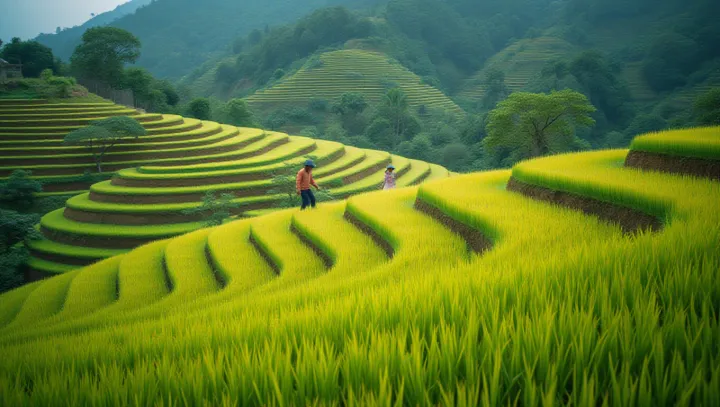Reaping Rewards: The Wonders of Terrace Farming

In the undulating hills of Southeast Asia, a transformative agricultural practice is making waves: terrace farming. This centuries-old method, revitalized in recent years, is gaining momentum for its unyielding capacity to convert barren slopes into vibrant, sustainable agroscapes. Terrace farming is not just an idyllic panorama; it is a pivotal tool against soil erosion.
By constructing leveled sections into the slope of hills, runoff is significantly reduced, thereby preserving topsoil fertility. This technique proves invaluable in regions prone to heavy rainfall and erosion. Water conservation emerges as a notable benefit, inherently built into the design of these agricultural terraces.
Each tier captures and conserves water, optimizing its use for crop irrigation. In water-scarce regions, such as parts of Africa and Latin America, terrace farming ensures food production even amid climatic challenges. Beyond environmental gains, the economic advantages of terrace farming are profound.
Increased crop yield means higher returns for farmers, ensuring economic stability. An agricultural expert at the University of Nairobi highlights, 'Terrace farming is a sustainable pathway for securing food supply in vulnerable regions.' As global challenges like climate change intensify, terrace farming stands out as a resilient agricultural strategy. Authorities and practitioners alike urge for its adoption, spotlighting its dual benefits—environmental conservation and economic viability—as key drivers for its expansion across suitable terrains worldwide.
